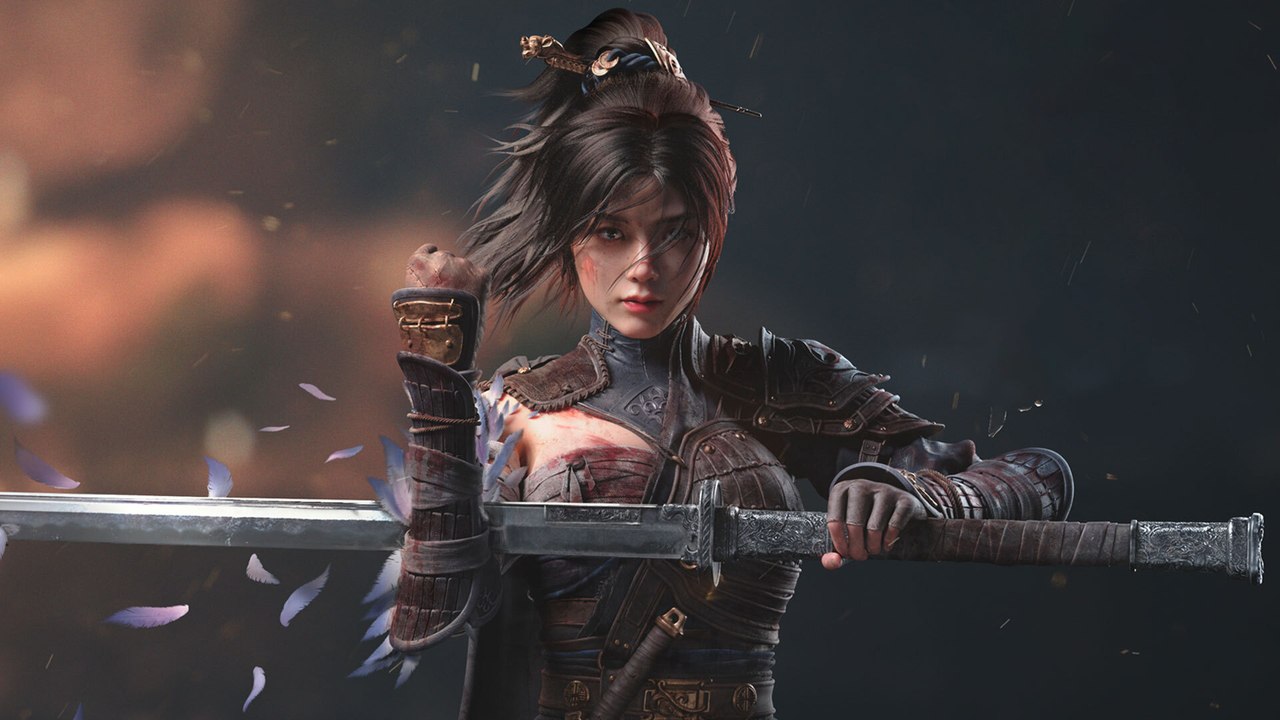Time Complexity of Sorting Algorithms in Python, Java, and C++
Posted on : June 13, 2025
By
Tech World Times
Development and Testing
Rate this post
Sorting helps organize data in a specific order. It is used in search, reports, and efficient storage. Different sorting algorithms offer different performance. In this article, we will explain the Time Complexity of Sorting Algorithms in simple words. We will cover Python, Java, and C++ examples.
1. What Is Time Complexity?
Time complexity tells how fast an algorithm runs. It measures the number of steps as input grows. It is written in Big-O notation. For example, Omeans steps grow with the square of inputs.
2. Types of Time Complexity
Here are common types:
O: Constant time
O: Linear time
O: Log-linear time
O: Quadratic time
We will now apply these to sorting.
3. Bubble Sort
Bubble Sort compares two numbers and swaps them if needed. It repeats until the list is sorted.
Time Complexity:
Best Case: OAverage Case: OWorst Case: OPython Example:
pythonCopyEditdef bubble_sort:
n = lenfor i in range:
for j in range:
if arr> arr:
arr, arr= arr, arrJava Example:
javaCopyEditvoid bubbleSort{
int n = arr.length;
forforif{
int temp = arr;
arr= arr;
arr= temp;
}
}
C++ Example:
cppCopyEditvoid bubbleSort{
forforifswap;
}
4. Selection Sort
This sort picks the smallest number and places it at the front.
Time Complexity:
Best Case: OAverage Case: OWorst Case: OPython Example:
pythonCopyEditdef selection_sort:
for i in range):
min_idx = i
for j in range):
if arr< arr:
min_idx = j
arr, arr= arr, arr5. Insertion Sort
This algorithm builds the final list one item at a time.
Time Complexity:
Best Case: OAverage Case: OWorst Case: OJava Example:
javaCopyEditvoid insertionSort{
for{
int key = arr;
int j = i - 1;
while{
arr= arr;
j = j - 1;
}
arr= key;
}
}
6. Merge Sort
Merge Sort splits the array into halves and merges them back in order.
Time Complexity of Sorting Algorithms like Merge Sort is usually better.
Best Case: OAverage Case: OWorst Case: OPython Example:
pythonCopyEditdef merge_sort:
if len> 1:
mid = len// 2
left = arrright = arrmerge_sortmerge_sorti = j = k = 0
while i < lenand j < len:
if left< right:
arr= lefti += 1
else:
arr= rightj += 1
k += 1
arr= left+ right7. Quick Sort
Quick Sort picks a pivot and places smaller numbers before it.
Time Complexity:
Best Case: OAverage Case: OWorst Case: OC++ Example:
cppCopyEditint partition{
int pivot = arr;
int i = low - 1;
for{
if{
i++;
swap;
}
}
swap;
return i + 1;
}
void quickSort{
if{
int pi = partition;
quickSort;
quickSort;
}
}
8. Built-in Sort Methods
Languages have built-in sort functions. These are well-optimized.
Python: sortedor list.sortuses TimSort
Time Complexity: OJava: Arrays.sortuses Dual-Pivot QuickSort
Time Complexity: OC++: std::sortuses IntroSort
Time Complexity: OThese are better for most real-world tasks.
9. Time Complexity Comparison Table
AlgorithmBestAverageWorstStableBubble SortOOOYesSelection SortOOONoInsertion SortOOOYesMerge SortOOOYesQuick SortOOONoTimSortOOOYesIntroSortOOONo
10. How to Choose the Right Algorithm?
Use Merge Sort for large stable data.
Use Quick Sort for faster average speed.
Use Insertion Sort for small or nearly sorted lists.
Use built-in sort functions unless you need control.
Conclusion
The Time Complexity of Sorting Algorithms helps us pick the right tool. Bubble, Selection, and Insertion Sort are simple but slow. Merge and Quick Sort are faster and used often. Built-in functions are highly optimized. Python, Java, and C++ each have their strengths.
Understand your problem and input size. Then pick the sorting method. This ensures better speed and performance in your code.
Tech World TimesTech World Times, a global collective focusing on the latest tech news and trends in blockchain, Fintech, Development & Testing, AI and Startups. If you are looking for the guest post then contact at techworldtimes@gmail.com
#time #complexity #sorting #algorithms #pythonTime Complexity of Sorting Algorithms in Python, Java, and C++
Posted on : June 13, 2025
By
Tech World Times
Development and Testing
Rate this post
Sorting helps organize data in a specific order. It is used in search, reports, and efficient storage. Different sorting algorithms offer different performance. In this article, we will explain the Time Complexity of Sorting Algorithms in simple words. We will cover Python, Java, and C++ examples.
1. What Is Time Complexity?
Time complexity tells how fast an algorithm runs. It measures the number of steps as input grows. It is written in Big-O notation. For example, Omeans steps grow with the square of inputs.
2. Types of Time Complexity
Here are common types:
O: Constant time
O: Linear time
O: Log-linear time
O: Quadratic time
We will now apply these to sorting.
3. Bubble Sort
Bubble Sort compares two numbers and swaps them if needed. It repeats until the list is sorted.
Time Complexity:
Best Case: OAverage Case: OWorst Case: OPython Example:
pythonCopyEditdef bubble_sort:
n = lenfor i in range:
for j in range:
if arr> arr:
arr, arr= arr, arrJava Example:
javaCopyEditvoid bubbleSort{
int n = arr.length;
forforif{
int temp = arr;
arr= arr;
arr= temp;
}
}
C++ Example:
cppCopyEditvoid bubbleSort{
forforifswap;
}
4. Selection Sort
This sort picks the smallest number and places it at the front.
Time Complexity:
Best Case: OAverage Case: OWorst Case: OPython Example:
pythonCopyEditdef selection_sort:
for i in range):
min_idx = i
for j in range):
if arr< arr:
min_idx = j
arr, arr= arr, arr5. Insertion Sort
This algorithm builds the final list one item at a time.
Time Complexity:
Best Case: OAverage Case: OWorst Case: OJava Example:
javaCopyEditvoid insertionSort{
for{
int key = arr;
int j = i - 1;
while{
arr= arr;
j = j - 1;
}
arr= key;
}
}
6. Merge Sort
Merge Sort splits the array into halves and merges them back in order.
Time Complexity of Sorting Algorithms like Merge Sort is usually better.
Best Case: OAverage Case: OWorst Case: OPython Example:
pythonCopyEditdef merge_sort:
if len> 1:
mid = len// 2
left = arrright = arrmerge_sortmerge_sorti = j = k = 0
while i < lenand j < len:
if left< right:
arr= lefti += 1
else:
arr= rightj += 1
k += 1
arr= left+ right7. Quick Sort
Quick Sort picks a pivot and places smaller numbers before it.
Time Complexity:
Best Case: OAverage Case: OWorst Case: OC++ Example:
cppCopyEditint partition{
int pivot = arr;
int i = low - 1;
for{
if{
i++;
swap;
}
}
swap;
return i + 1;
}
void quickSort{
if{
int pi = partition;
quickSort;
quickSort;
}
}
8. Built-in Sort Methods
Languages have built-in sort functions. These are well-optimized.
Python: sortedor list.sortuses TimSort
Time Complexity: OJava: Arrays.sortuses Dual-Pivot QuickSort
Time Complexity: OC++: std::sortuses IntroSort
Time Complexity: OThese are better for most real-world tasks.
9. Time Complexity Comparison Table
AlgorithmBestAverageWorstStableBubble SortOOOYesSelection SortOOONoInsertion SortOOOYesMerge SortOOOYesQuick SortOOONoTimSortOOOYesIntroSortOOONo
10. How to Choose the Right Algorithm?
Use Merge Sort for large stable data.
Use Quick Sort for faster average speed.
Use Insertion Sort for small or nearly sorted lists.
Use built-in sort functions unless you need control.
Conclusion
The Time Complexity of Sorting Algorithms helps us pick the right tool. Bubble, Selection, and Insertion Sort are simple but slow. Merge and Quick Sort are faster and used often. Built-in functions are highly optimized. Python, Java, and C++ each have their strengths.
Understand your problem and input size. Then pick the sorting method. This ensures better speed and performance in your code.
Tech World TimesTech World Times, a global collective focusing on the latest tech news and trends in blockchain, Fintech, Development & Testing, AI and Startups. If you are looking for the guest post then contact at techworldtimes@gmail.com
#time #complexity #sorting #algorithms #python














